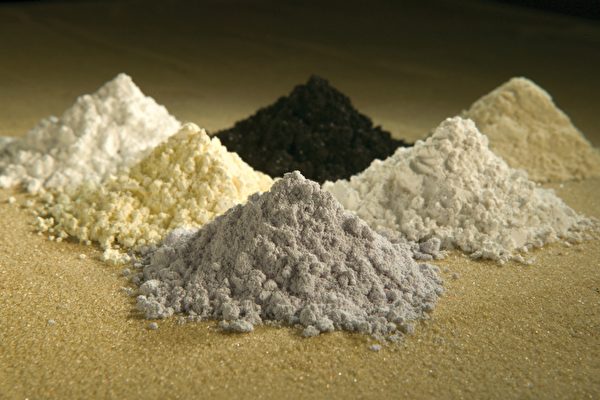Rare Earths Norway announced the discovery of Europe’s largest confirmed high-value rare earth element deposit, which holds significant importance for Europe’s efforts to reduce reliance on China in critical mineral production.
According to Rare Earths Norway, the abundant rare earth metal deposits found can be used for manufacturing electric vehicles and other clean energy technologies.
The company revealed during a press conference on June 6th that the Fen Carbonatite Complex in southern Norway harbors Europe’s largest rare earth element deposit. It is estimated that the total rare earth oxide content reaches 8.8 million tons, with a promising economic potential for extraction. Among them, an estimated 1.5 million tons of rare earth elements related to magnets can be utilized for electric vehicles and wind turbines. Considering the risks in the supply chain, the EU views these metals as the most critical raw materials.
“We have now confirmed through independent third parties that we have significant mineral resources in Fen,” stated Trond Watne, Chief Geologist of Rare Earths Norway. “This is a milestone for us and is extremely important for the local community in Nome, as well as for generations of people in Norway and Europe.”
One of the objectives of the EU’s “Raw Materials Initiative” is to meet at least 10% of the EU’s annual rare earth demand by 2030. Rare Earths Norway expressed its hope to contribute to this goal.
US financial news outlet CNBC highlighted the discovery of Europe’s largest rare earth deposit as a significant driver for Europe to break away from China’s dominant position in rare earth production, as it is one of the few deposits not owned or controlled by the Chinese Communist Party.
Compared to fossil fuel power plants, solar photovoltaic power plants, wind farms, and electric vehicles typically require more critical minerals for construction. The mineral resources needed for a typical electric vehicle are six times that of a traditional car. With the acceleration of the clean energy transition pace, the demand for rare earths and critical minerals is expected to experience exponential growth in the coming years.
Most rare earth element production is based in China, which accounts for roughly 70% of the global rare earth mining volume and 90% of rare earth processing volume.
In 2022, China was the largest rare earth element import partner for the EU, accounting for 40% of the total import volume by weight.
When asked whether the discovered resources are more valuable than Norway’s oil and natural gas supply, Alf Reistad, CEO of Rare Earths Norway, told CNBC, “It’s not more valuable, but as European Commission President Ursula von der Leyen has stated, lithium and rare earth elements are soon to be more important than oil and gas.”
“Therefore, it will be more important, but the value will certainly not be the same,” he added.
Rare earths are a group of 17 chemical elements known for their unique physical and chemical properties that are crucial for many high-tech products. They are essential in military weapons like laser-guided weaponry, advanced fighter jets, missiles, as well as commonly used devices such as mobile phones and electric vehicles. They are sometimes referred to as the “industrial vitamins” or the “gold of the 21st century.” In trade wars or conflicts, these elements can easily be weaponized against other countries.
China has demonstrated to the world that it can use rare earths as a retaliatory strategy. In 2010, during a fishing boat incident, China abruptly cut off rare earth exports to Japan. During the US-China trade war, Chinese state media actively promoted the leverage of the “rare earth card.” This heightened the awareness of the US and Western countries, prompting them to seek ways to “de-risk” from China in critical mineral production.

